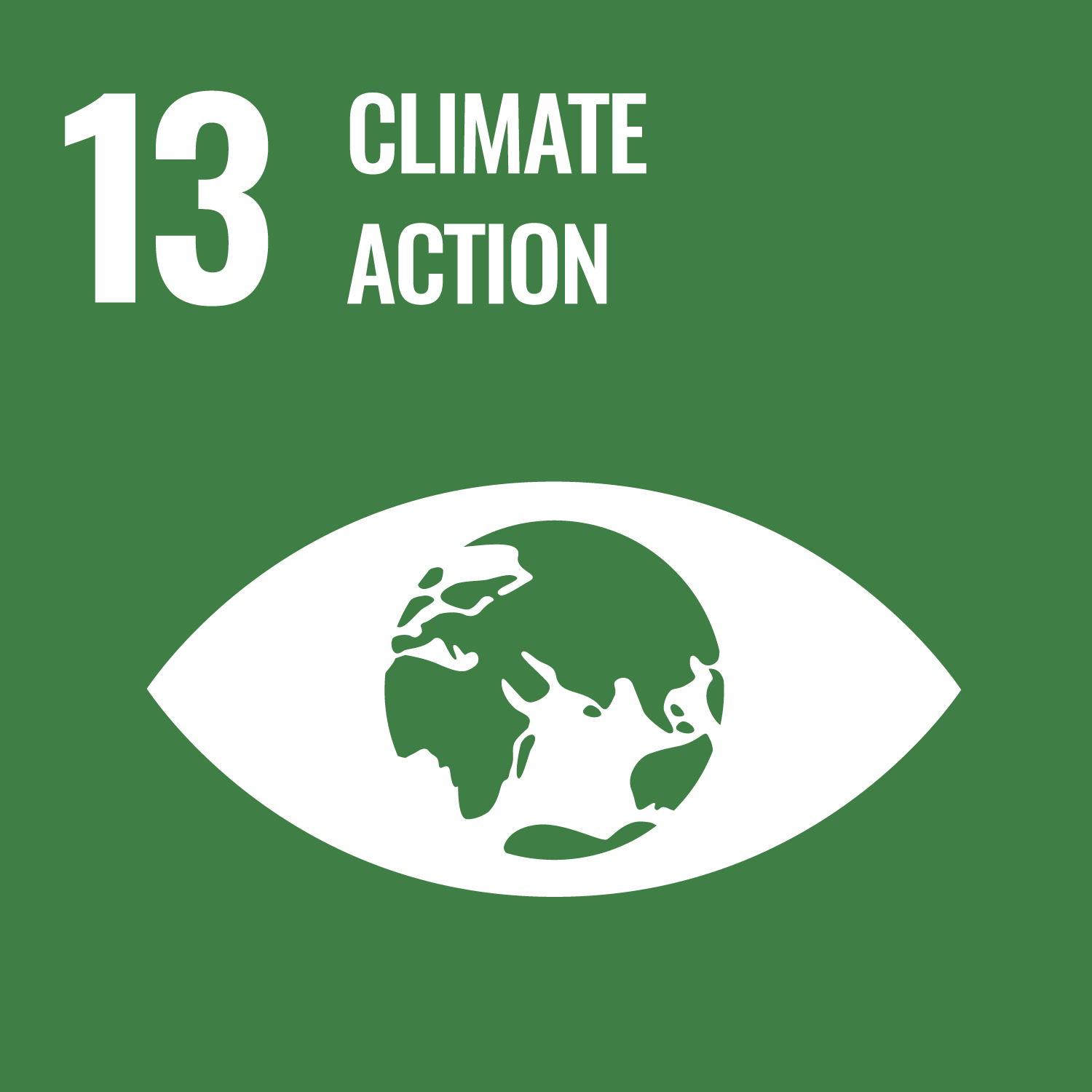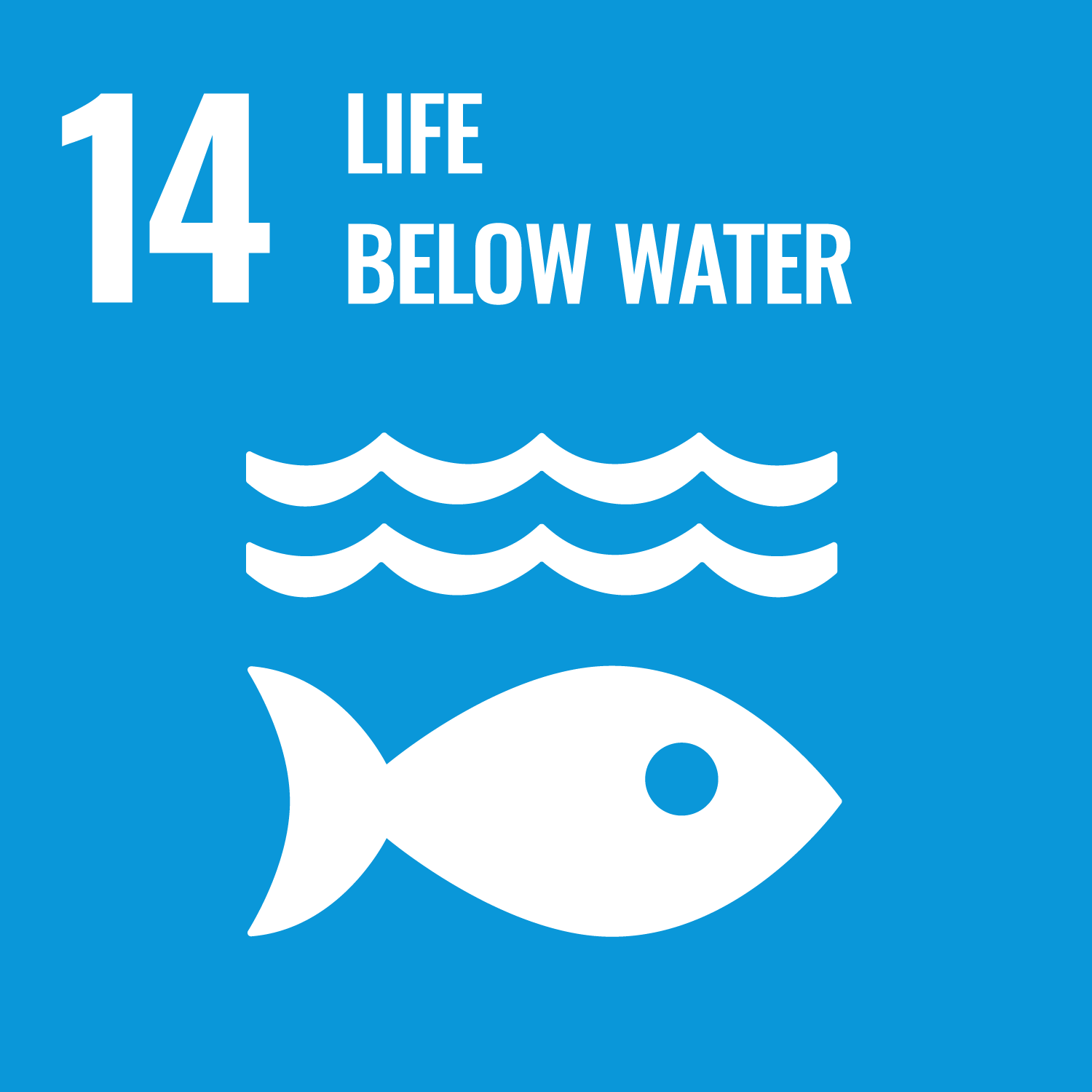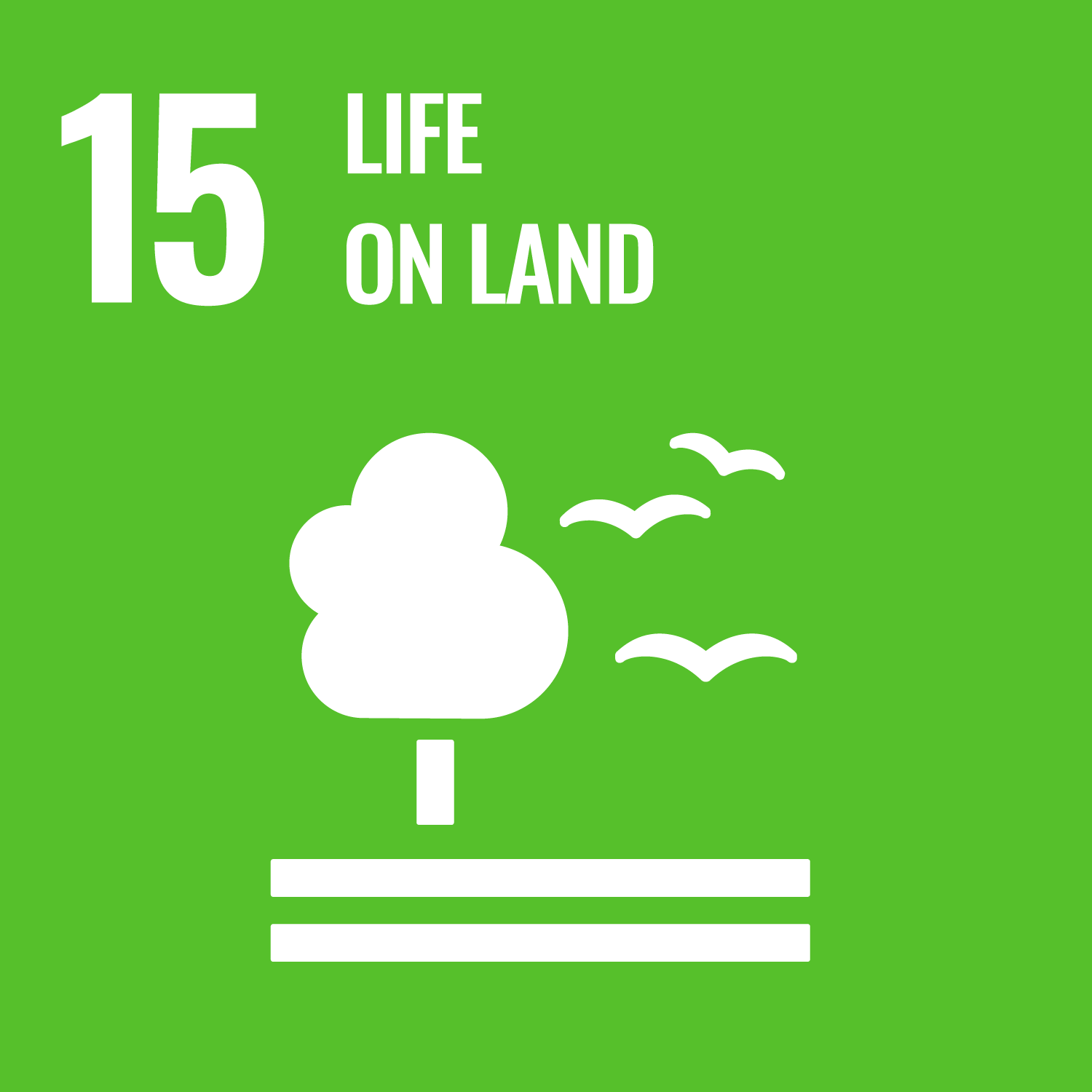Nature Conservation



Inheriting the Bounty of Nature to the Future Generations
Pursuing the harmony between human and nature, preventing ecosystem loss or degradation, for the society being able to enjoy the blessings of the nature in years to come
As the SDGs wedding cake shows, people‘s social, economic, and other activities are based on the biosphere. If human activities destroy the natural environment, this foundation can be rapidly decreased and degraded, posing a serious threat to human life and livelihoods. Working to conserve, restore, and enhance the biosphere will protect the richness of oceans (SDG 14) and the land (SDG 15), as well as people's lives and livelihoods, and will also strengthen the foundation essential for achieving the other SDG targets, thereby contributing significantly to the realization of human security.
For more information on JICA's initiatives through the human security approach, please see below.
Forests cover 30% of the world's terrestrial area, or 4 billion hectares, and have a variety of important functions such as biodiversity conservation, water source recharge and carbon fixation, but they continue to decline due to land-use change, mainly caused by human activities such as environmentally unfriendly agricultural activities. In recent years, the rate of global decline has slowed down thanks to large-scale afforestation in some areas, but tropical forests in Africa and South America continue to show a marked downward trend.
This results in 11% of global carbon dioxide emissions from forest degradation and deforestation, increasing the risk of disasters due to reduced water source recharge and land conservation functions, loss of biodiversity and poverty in poor areas that are highly dependent on natural resources.
The environment of wetlands, which are extremely important ecosystems for biodiversity conservation, has changed significantly, mainly due to changes in land use. Of the wetlands that existed in 1700, 87% had been lost by 2000, resulting in the loss of valuable biodiversity. In addition, the peat in wetlands is said to store a lot of carbon, but the desiccation of the soil and fires by agricultural activities have resulted in the release of large amounts of greenhouse gases, making conservation measures an urgent necessity.
Marine areas, especially coastal areas, are important ecosystems with high productivity and rich biodiversity, but mangrove forests, for example, have been reduced by approximately 1 million hectares, or 7% of the total area, over the past 30 years due to conversion to shrimp farms and other uses. Coral reefs and seagrass beds have also been degraded by the inflow of sediment from land areas and other reasons. This has resulted in the loss of habitats for many organisms, loss of livelihoods for coastal residents and damage to functions such as mitigation of natural disasters such as tidal waves, storm surges and tsunamis.
For developing countries, which depend on the natural environment and have many deprived areas vulnerable to the effects of changes in the natural environment, degradation of the natural environment is a human security issue as it threatens human lives and livelihoods through depletion and contamination of resources such as food and water, loss of production infrastructure and the occurrence of natural disasters. At the same time, it is a global issue that transcends national borders, such as being a contributing factor to climate change, and has become a problem that significantly affects the development and lives of people in countries all over the world, including Japan.
In Japan, around the middle of the Edo period (1603-1868), the forest coverage fell to around 50% due to excessive use of timber and other factors, resulting in frequent natural disasters. However, with the establishment of related systems and technological advances since the late Edo period, the forest coverage has now recovered to 70%. In addition, despite Japan's high population density and limited land area, approximately 400 nature parks have been designated and excellent practices of nature conservation and nature use are being implemented. In this way, Japan's experience in balancing economic development and nature conservation since the Meiji era (1868-), together with the latest technologies such as Japan's satellite technology in recent years, can contribute to the conservation of the natural environment.
In terms of the world’s natural environment, forests have decreased by about 5% between 1990 and 2020, wetlands have decreased by about 35% since 1970, mangrove forests have decreased by about 22% between 1980 and 2020, and coral reefs have decreased by about 14% between 2009 and 2018. Peatlands [1] are also declining and degrading in major tropical countries such as Indonesia and the Democratic Republic of the Congo although the actual situation is not yet known. Combined with various other natural environmental degradation and loss, these are having negative impacts on climate change, biological extinction, and poverty and development issues.
Based on our past experiences in Japan and experiences in JICA, we have established two pillars that are closely interrelated.
Pillar 1: Protecting the Natural Environment: Conservation and Restoration of the Natural Environment
Pillar 2: Leveraging the Benefits of the Natural Environment: Nature-based Solutions (NbS) [2].
Pillars 1 and 2 are placed at the center of the development scenario to create a state in which efforts to solve problems related to the natural environment are continuously made based on a relationship of mutual trust among the parties concerned, with the administrative departments (central and local) taking the lead, and with the proactive participation of local communities.
This development scenario applies the four common approaches of “Effective Policy and Planning,” “Demonstration and Modeling Based on Local Conditions,” “Developing a Scientific-based Information Infrastructure,” and “Securing Resources and Innovation for Scaling-up Programs,” as described in JGA “Nature Conservation”. Appropriate policies and plans should be implemented and evaluated based on data. Local communities and other stakeholders should be able to enjoy and realize the benefits of the natural environment. Thereby trust-building among these stakeholders will promote a good cycle that leads to sustainable measures to be taken. In addition, efforts should be made to widely deploy policies, systems, demonstration models, etc. by promoting collaboration with domestic and foreign partners in terms of funds, human resources, and technology.
Priority regions and countries are selected for the development scenario in terms of natural environment: tropical terrestrial area (forests, wetlands, peatlands, etc.), tropical coastal area (wetlands, mangrove forests, coral reefs, etc.), arid and semi-arid areas. These three target areas are selected based on the degree of decline and degradation of the natural environment, existence of threatened ecosystem hot spots, vulnerability to climate change and natural disaster risks. In general, most (currently about 80%) of JICA projects in the Cluster have been dealing with forests as major natural environment, but they also contribute to biodiversity and desertification prevention through forests.
This Cluster has set the following goals with 2022 as the starting point.
Interim target for 2030: “Prevention of decline and degradation of the natural environment”, “Further dissemination of NbS”, and “Benefits to residents” in developing countries and regions
Final target for 2050: “Society in harmony with people and natural environment in developing countries and regions”
[1] Peatlands: Organic soils formed by the accumulation of not fully decomposed plant remains in anaerobic areas with a high groundwater table, which sequester large amounts of carbon.
[2] Nature-based Solutions (NbS) : As defined by the United Nations Environment Assembly (UNEA), “actions to protect, conserve, restore, sustainably use and manage natural or modified terrestrial, freshwater, coastal and marine ecosystems, which address social, economic and environmental challenges effectively and adaptively, while simultaneously providing human well-being, ecosystem services, resilience and biodiversity benefits”. This cluster focuses on the various functions of the natural environment that help solve social issues, and mainly refers to climate change countermeasures (mitigation measures (REDD+, etc.) and adaptation measures) and disaster prevention and mitigation (Ecosystem-based Disaster Risk Reduction: Eco-DRR).
Handbook
scroll